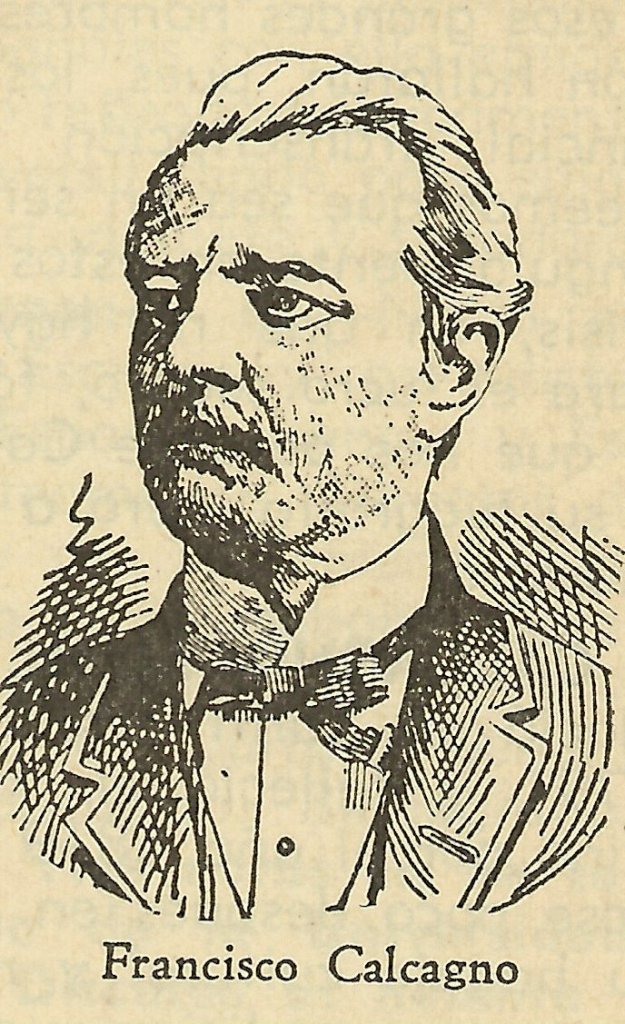3.6.1 Journalistic texts and biographical sketches of Francisco Calcagno (1827 – 1903)

Francisco Calcagno was born in Güines, a town to which he would contribute greatly to the cultural sphere with the founding of the first library, the first printing press, and the first periodical, “Álbum Guinero,” as well as the first language academy. He studied Philosophy and Literature at the University of Havana and was assistant principal of the San Francisco de Asís and Real Cubano schools before emigrating to Spain due to the insurrection in 1868.
He received a versatile education that helped him develop his talents in various genres—oratory, journalism, fiction, and poetry, among others—though his fundamental legacy is associated with biographical studies. In this regard, his most notable works were “Poetas de color” (Poets of Color), from 1879, and the Cuban Biographical Dictionary, which, although completed in 1878, was not published until 1886.
“Poets of Color,” as its title suggests, includes biographical sketches of the two most important black bards of 19th-century Cuba, Gabriel de la Concepción Valdés (Plácido) and Juan Francisco Manzano, as well as brief notes on other writers of this race who ventured into lyric poetry.
The very choice of the figures he intends to reconstruct in their respective personal histories and lyrical universes, evidences an abolitionist and anti-racist position, since it not only recognizes the right to individual freedom but through the exaltation of the literary talent of both – more polished by education in the case of Plácido – demonstrates the inconsistency of racial prejudices, whose background was not intellectual disparities but rather inequality of opportunity to access the sources of culture.
Regarding the Cuban Biographical Dictionary, this has always been a source of controversy in subsequent hermeneutical analyses, since it shows an adequate handling of the bibliography available to the author, based on a rather exhaustive and unprecedented historical purpose, -with the biases that any preliminary approach to a subject, in this case so ambitious- necessarily has; however, the figures of the Ten Years’ War are ignored or minimized in the textual corpus. This is related to the author’s ideology, although not reactionary, certainly distanced from the high revolutionary conflagrations.
His journalistic works, inscribed in the same ideological line at the same time abolitionist and conservative with respect to the segregation of Spain, appeared published in diverse media, among which can be mentioned “La Unión”, “El Progreso”, “Havana”, “El Faro industrial”, “La Prensa”, “La Razón”, “El País”, “La Libertad”, “La Habana Literaria”, “La Ilustración de Cuba”, “El Hogar”, which were sometimes signed with the pseudonyms of Narciso Blanco, Un desocupado, Ignoto, Claude la Marche and others.








